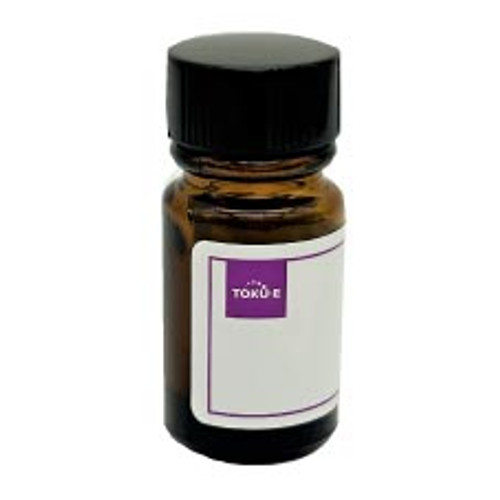Novobiocin Sodium, Granulized is an aminocoumarin antibiotic that prevents cell division. Novobiocin Sodium is freely soluble in aqueous solution and the product has been granulized which enhances its water solubility. This formulation has a significantly larger particle size than Novobiocin Sodium (N014), (average particle size 333.4 µm vs. 0.139 µm) and it is dust-free for an enhanced safety profile.
We also offer:
| Mechanism of Action |
Novobiocin Sodium, Granulized is an inhibitor of bacterial DNA gyrase, a topoisomerase which relieves strain as DNA unwinds during replication and transcription. The product also inhibits eukaryotic DNA topoisomerase II (Topo II). By inhibiting these enzymes, Novobiocin blocks DNA synthesis and ultimately causes cell death. The compound is an inhibitor of heat shock protein (Hsp90), interacting with the C-terminal ATP-binding domain of Hsp90. Novobiocin has been described to inhibit retroviral RNA-dependent DNA polymerase and ATP-binding cassette super-family G member 2 (ABCG2). Researchers found that the GyrB subunit of DNA gyrase is important in the annate resistance of S. saprophyticus to Novobiocin and that G85 and K140 of GyrB are critical for the expression of resistance (Vickers et al, 2007). |
| Spectrum |
Nobobiocin Sodium is effective against Gram-positive organisms. It is used to differentiate between coagulase-negative Staphylococcus. |
| Microbiology Applications |
Novobiocin Sodium is commonly used in clinical in vitro microbiological antimicrobial susceptibility tests (panels, discs, and MIC strips) against Gram-positive microbial isolates. Medical microbiologists use AST results to recommend antibiotic treatment options. Representative MIC values include:
|
| Molecular Formula |
C31H35N2NaO11 |
| Plant Biology Applications |
Date palm tissue can be contaminated with endophytic Bacillus. Novobiocin and Gentamycin were efficient in tissue culture against these bacteria when incorporated into the culture medium at 20 mg/L. (Benjama and Charkaoui, 1997). |
| References |
Almeida RJ and Jorgensen JH (1982) USe of Mueller-Hinton agar to determine Novobiocin susceptibility of coagulase-negative Staphylococci. J. Clin. Microbiol. 16(6):1155-1156 Benjama A and Charkaoui B (1997) Control of Bacillus contaminating date palm tissue in micropropagation using antibiotics. In: Cassells AC (eds) Pathogen and microbial contamination management in micropropagation. Developments in plant pathology. Vol 12 Springer, Dordrecht. pp 207-211 Brown PO and Peebles CL (1978) Energy coupling in DNA gyrase and the mechanism of action of Novobiocin. PNAS 75.2: 4838-4842 PMID 368801 Sugino A, Higgins NP, Bown PO, Peebles CL and Cozzareli NR (1978) Energy coupling in DNA gyrase and the mechanism of action of Novobiocin. Proc. Natl. Acad.Sci USA 75(10):4838-4842 PMID 368801 Sumiyoshi Y, Nishikawa T, Watanabe T and Kano K (1983) Inhibition of retrovirus RNA-dependent DNA polymerase by Novobiocin and nalidixic acid. J. Gen. Virol 64(Pt 10):2329-2333 PMID 6311959 Vickers AA, Chopra I and O'Neill AJ (2007) Intrinsic Novobiocin resistance in Staphylococcus saprophyticus. Antimicrob. Agents Chemother. 51(12):4484-4485 |







